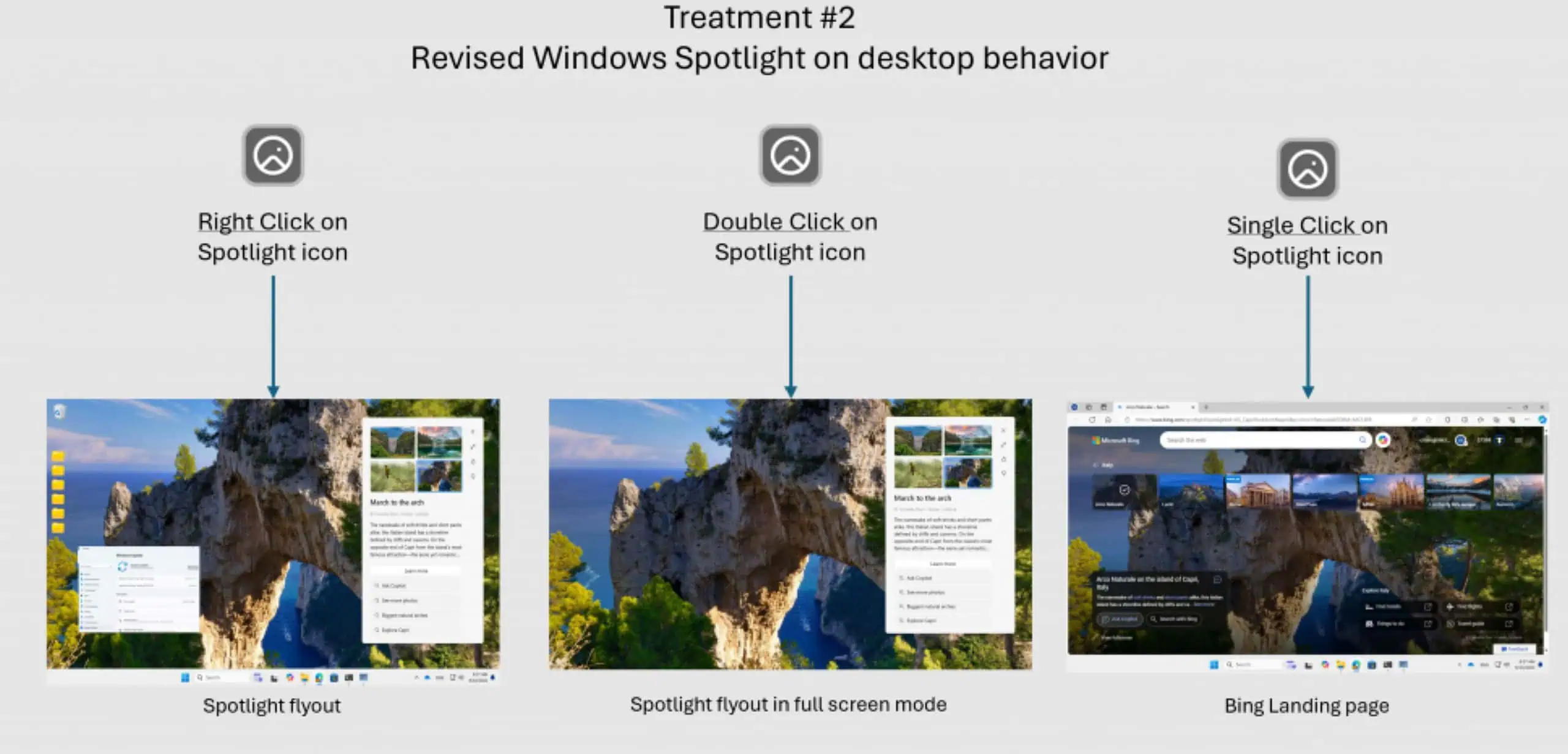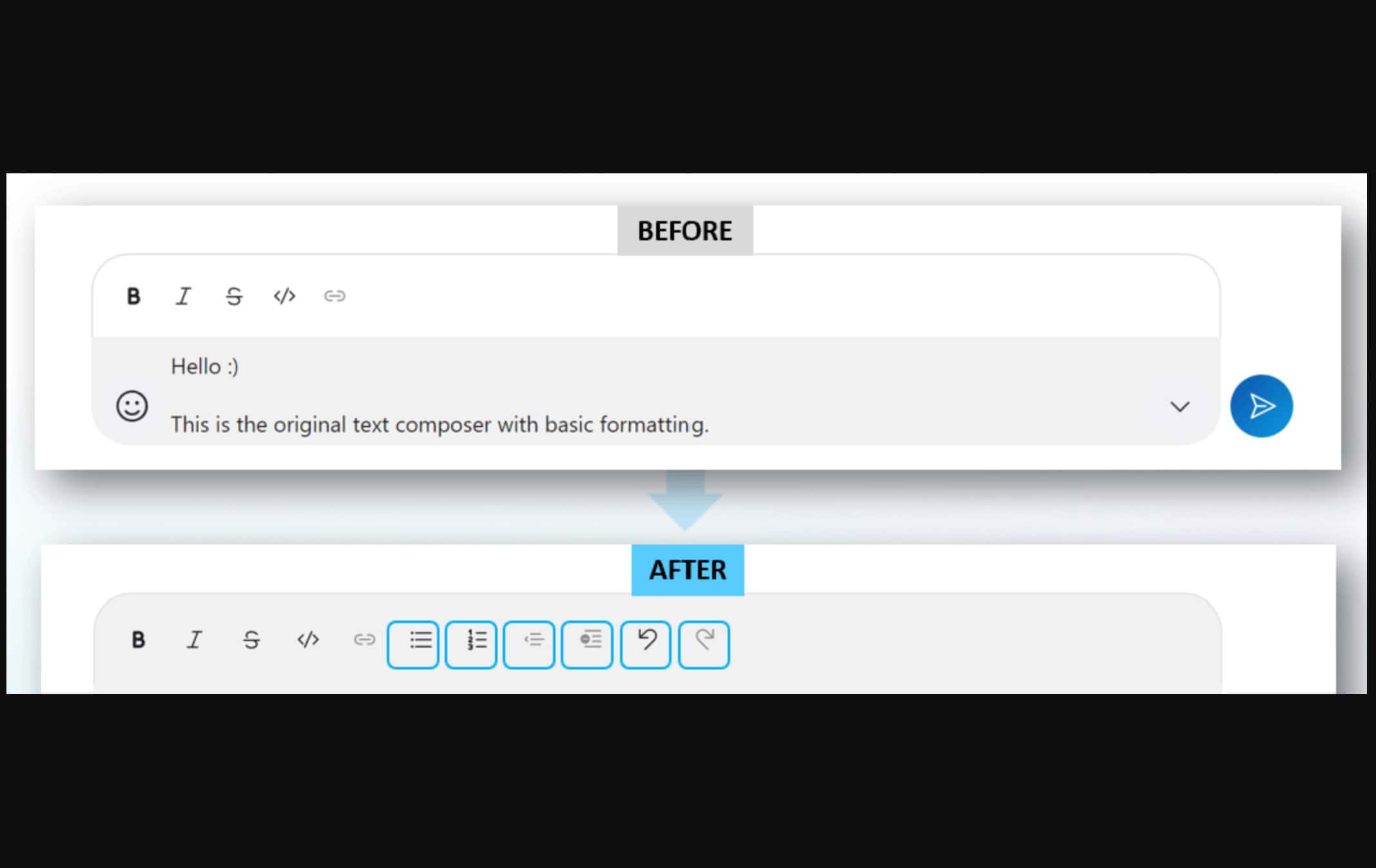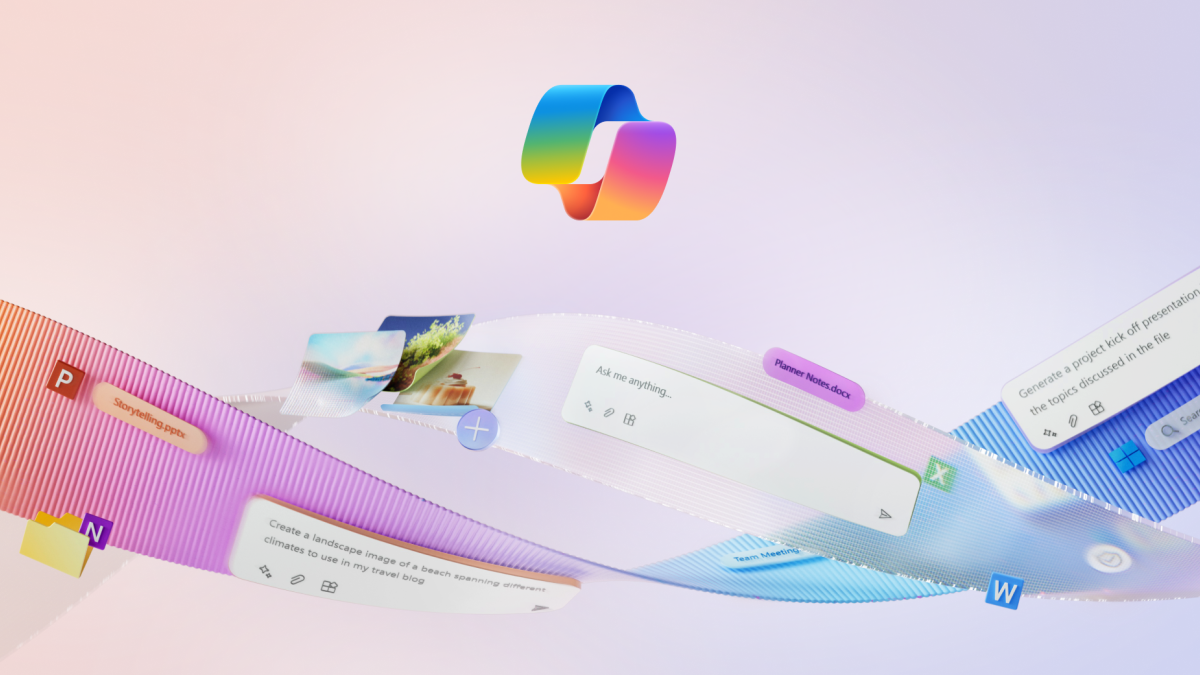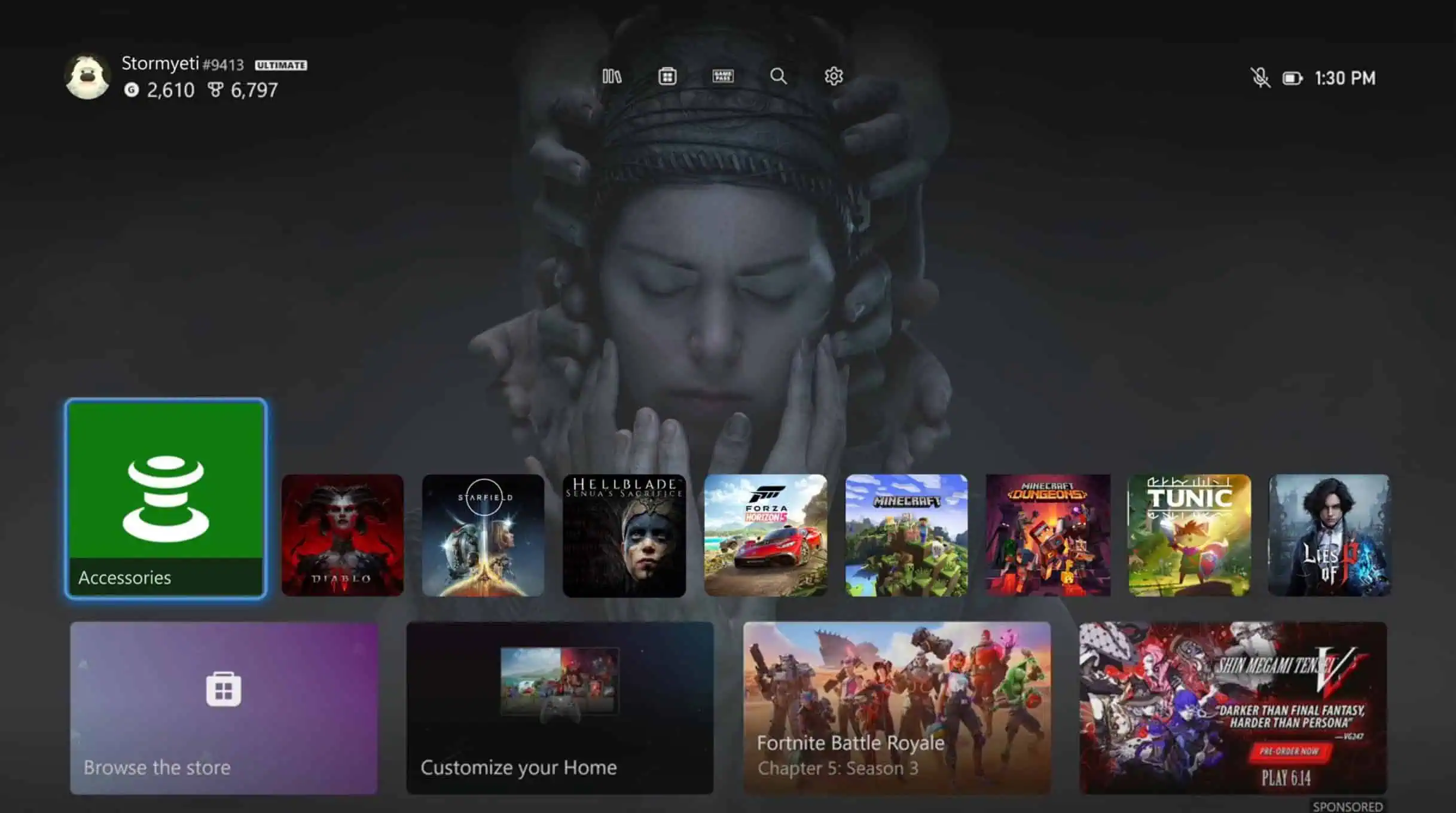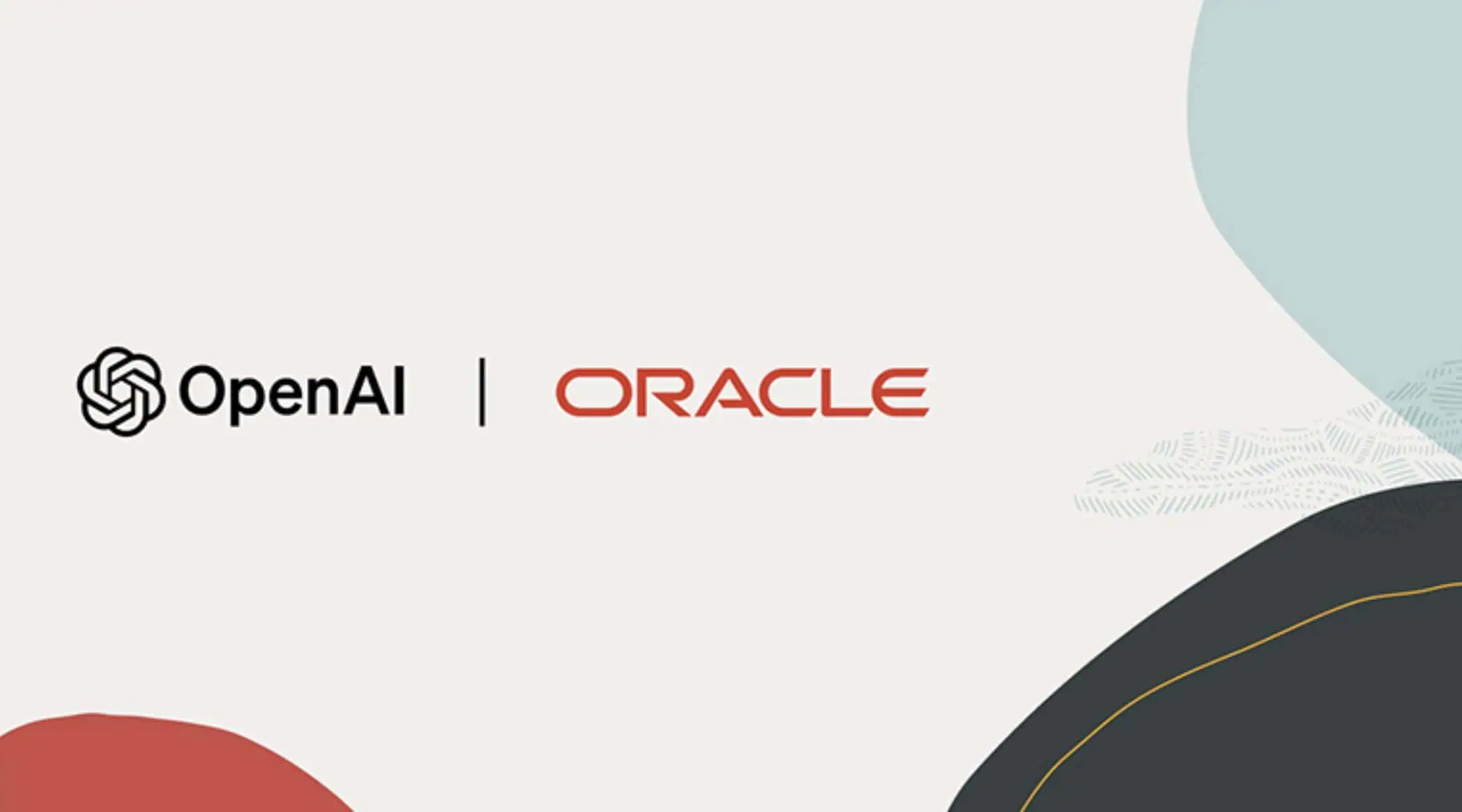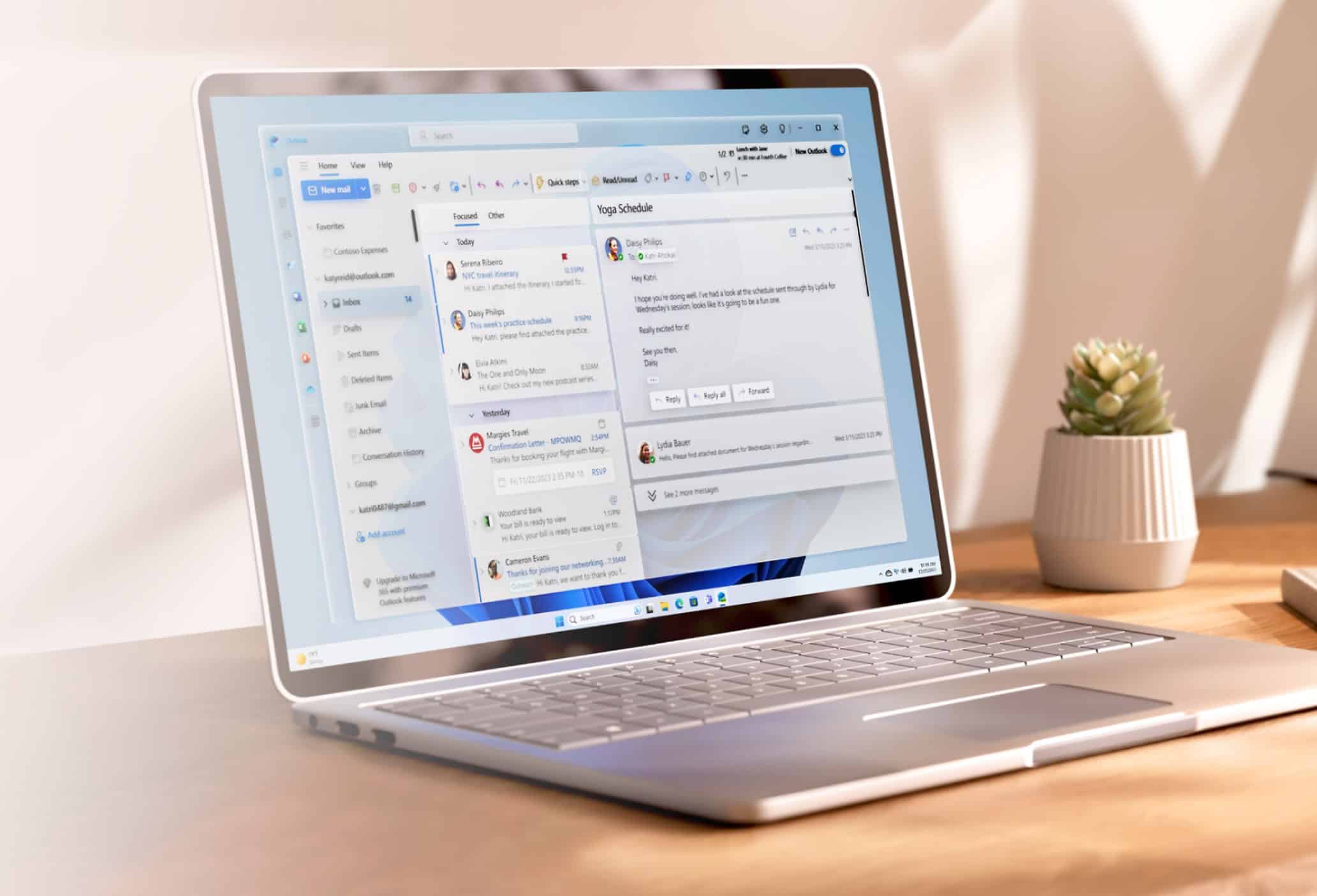Kinect For Windows And Perceptive Pixel (PPI) Displays Are Now Powering Futuristic Scenarios In Microsoft Envisioning Center
3 min. read
Published on
Read our disclosure page to find out how can you help MSPoweruser sustain the editorial team Read more
The future of computing interface is all about NUI, natural user interface (NUI) is the ability to interact with a computer using speech, gesture and touch, seamlessly and simultaneously. Microsoft’s Redmond campus has a Envisioning Center which showcases Microsoft’s devices and services strategy and what it could unlock in the future. It provides us a glimpse of the future on how our computing may get transformed in the next 5-10 years. Many of those futuristic scenarios are powered by two Microsoft technologies available today: Kinect for Windows and Perceptive Pixel (PPI) displays.
The Envisioning Center team was halfway through designing scenarios when Microsoft acquired PPI. A light bulb went off, say Jonathan Cluts and Anton Andrews, who planned everything at the Center from the physical architecture to the code powering its innovative scenarios.
“Immediately we put our heads together and started to think about how to put the two devices together because they can unlock so many scenarios,” says Andrews, director of Envisioning in Office.
Cluts and Andrews were already thinking about how the Kinect for Windows sensor and its features—depth sensing, facial recognition, voice and audio capabilities—might work across different Microsoft devices. “Once we thought about Kinect that way, the bezel of a screen the size of a PPI display became an obvious choice,” says Cluts, director of Microsoft’s Strategic Prototyping team.
They reached out to both the PPI and Kinect for Windows teams, who agreed there was a peanut-butter-and-jelly type relationship. The resulting marriage—and its convergence of natural user interactions to create a seamless user experience—is on display for the company’s engineering teams and key customers. But it only hints at the new NUI models that are starting to spread across Microsoft’s devices and services.
Just as Kinect for Windows sensors are everywhere, from walls to oven hoods, at the Envisioning Center, the team is working to bring NUI advances across Microsoft, says Michael Mott, general manager of Xbox Apps and the Developer Ecosystem. PPI was the perfect test case.
“It brings together the best of what’s happening in natural user interfaces with the best of what’s happening with large touch screens, and seeing if one plus one can’t equal three for the end user,” he says. “PPI was a great launching pad, and there’s nothing but NUI goodness ahead as we take what we’ve learned with Kinect and start to sprinkle it across the company.”
Mott and his team want to become part of the fundamental fabric of Windows, so that groups across the company can view Kinect not just as a camera, but as a way to unlock NUI experiences across Microsoft’s products and services.
Read more about it here.


